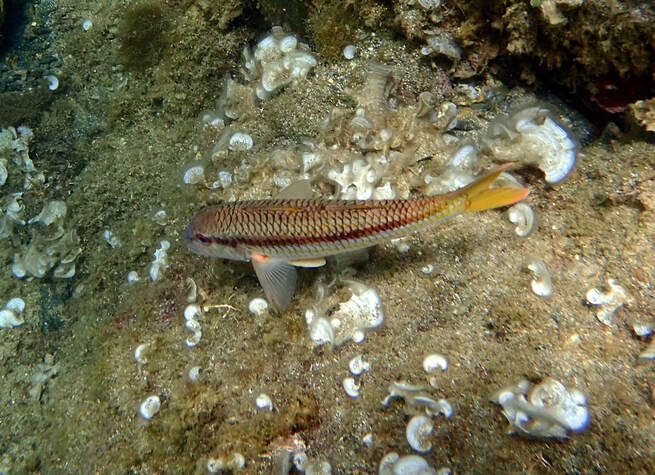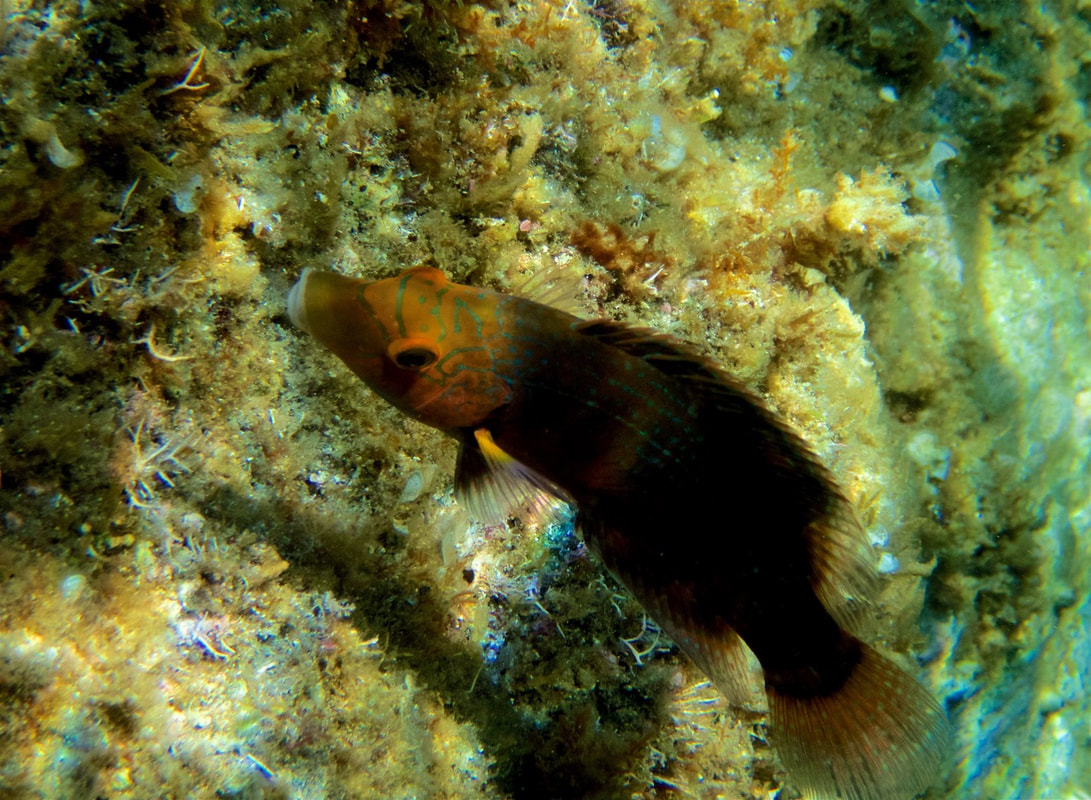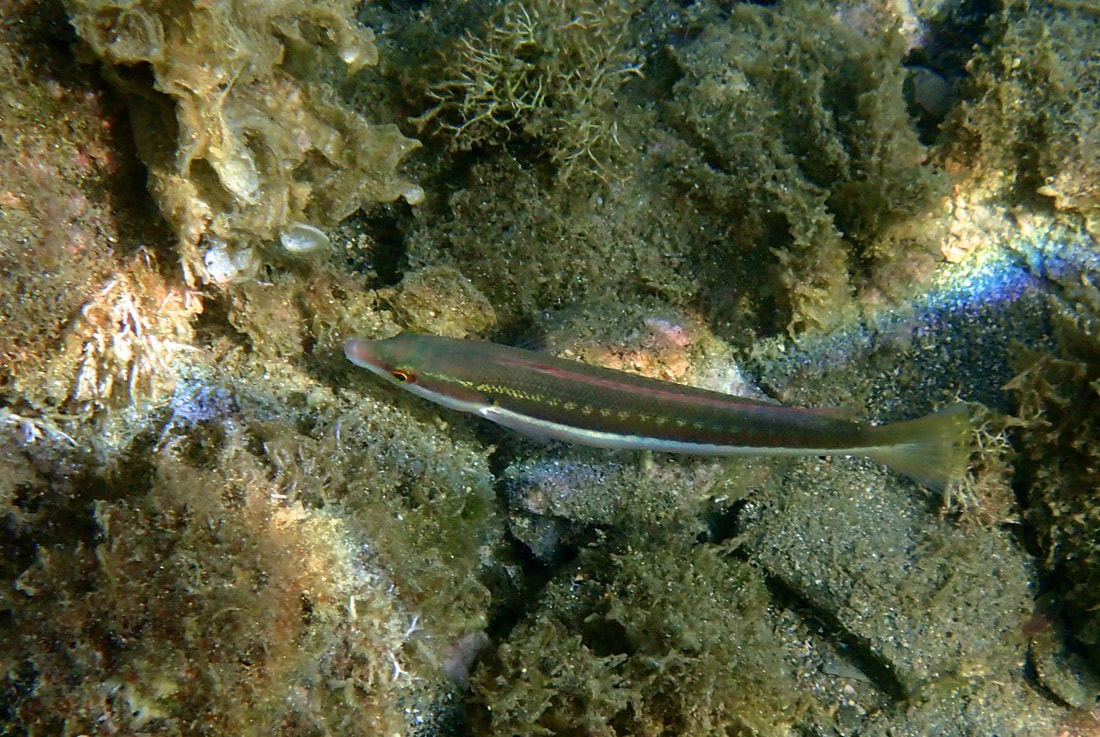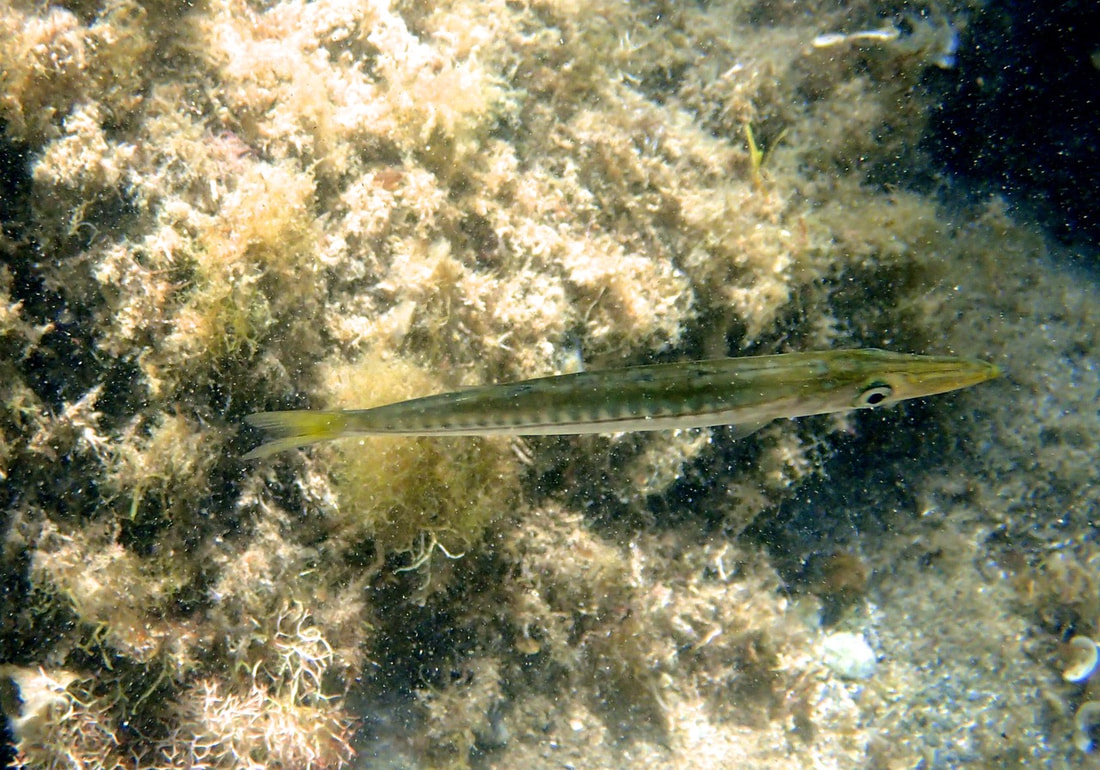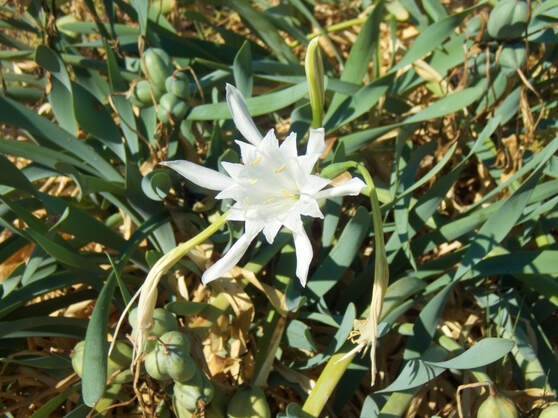By Robin Noble Photos by Martine Noble
Back for September, and back to the usual routine; taking to the sea when it is hot and humid, and we get tired of applying insect repellent!
With a coast where you can really only head north or south, and where we usually launch in one of two places, there inevitably comes a feeling of routine – you head this way or that – but the weather and the water conditions change constantly, so each day is different. And we are still finding new, tiny, rocky coves where you can land if the sea is right, and explore the small, stony beaches under the great cliffs. There seem to be more boats on the water, so we don’t always get to anchor in our favourite locations, but this season we succeeded in landing in one such place, behind a small rocky islet, under the huge black cliffs towards Port Bou.
We had passed this way in July and felt that the cliffs were significantly quieter than previously, but this latest time it was very different. We anchored in our usual spot, and as I swam slowly out past the little islet, rising on the gentle swell, enjoying the silken coolness of the sea, in the air above me all was hectic, noise and rush, as groups of swifts volleyed out from the high rocks. Squadrons of them were flying in all directions, screaming as they went, hurtling out over the sea. As before, there did appear to be two sizes of bird, and they flew differently too, one noticeably more rapidly than the other. We deduced, therefore, that we were again watching the “ordinary” swifts, which we also see in the heart of the old towns, and the alpine swifts, which are significantly larger. The latter have white patches on their fronts, but when seen from below, silhouetted against the brilliant sun, this was not easily spied. We estimated, terribly roughly, that we might be seeing two-hundred-and-fifty birds, but it was hardly more than a guess … and a magnificent spectacle!
Martine, as ever, has been energetically photographing fish, and has managed pictures of three species which we don’t see often: these have included the striped red mullet, the axillary wrasse, and what might be some kind of cornetfish.
On this occasion, there were more flamingos on the Etang than we had ever seen before. We wanted the perfect photo of Canigou with its first delicate snows of the autumn, seen between the markedly pink flamingos but, sadly, they refused to co-operate! We did also see one very emphatic crested lark, a handsome male kestrel and, slightly to my surprise, a lone curlew. And from the one remaining hide, we could see biggish, handsome, silver fish, moving in a series of leaps, something which, again, we had not seen here before; we think they were sea bass.
There is nearly always something new!
